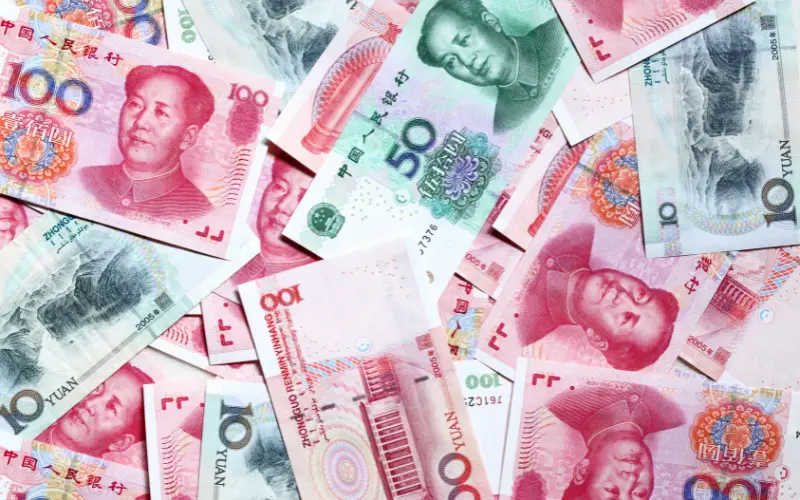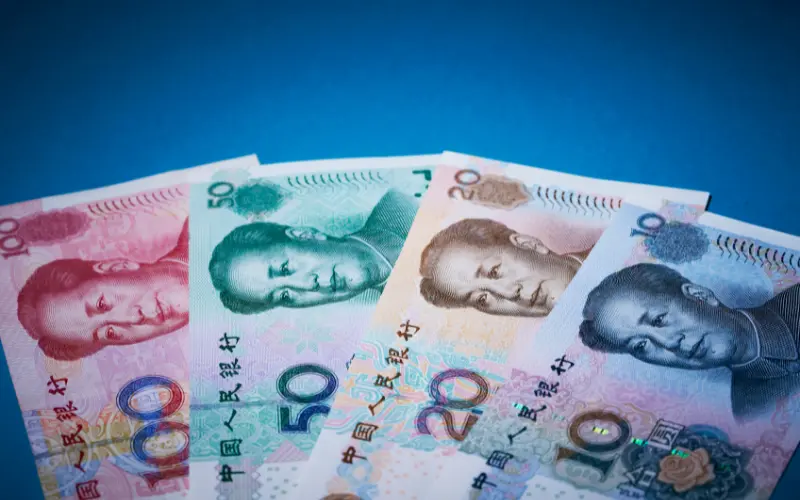Remitforex – The Money Transfer Expert
Remitforex – The Money Transfer Expert






The Renminbi is one of the most widely traded currencies in the world and the official currency of China. Yuan is the basic unit of the Renminbi; hence the currency is usually known as Chinese Yuan with the code CNY. The People’s Bank of India issues the currency.
The Chinese currency has existed for more than three thousand years. Only the People’s Bank of China has the power to print the currency. Banknotes are printed in values ranging from one fen to one hundred Renminbi. Some banknotes have communist figures like Mao Zedong, the architect of the communist revolution in China, depicted on the obverse; smaller denominations frequently include people wearing traditional clothing.
The Renminbi’s value was fixed to the US dollar until 2005. It was devalued to raise the competitiveness of Chinese industry as China continued its shift from a centrally planned to a market economy and boosted its involvement in international commerce. The Renminbi was added to the IMF’s basket of currencies used as a reserve currency on October 1, 2016, making it the first currency from an emerging market.
Holding counterfeit currency in China is illegal. Thoroughly checking the Banknotes, especially on a trip, is mandatory. In all Chinese banknotes, there are 5 languages: Mangolian, Mandarin Chinese, Uyghur, Tibetan and Zhuang. Listed below are some easy methods to check the originality of the Chinese Yuan.
Faking/ counterfeiting a currency is a severe offence under the law. It is the oldest technique to forge money but is still practised.
Remitforex by Unimoni is an online platform wherein you can send money to china with the best exchange rates. We serve you over 300+ branches across India. All the transactions are approved by RBI and done in the most secure method.




